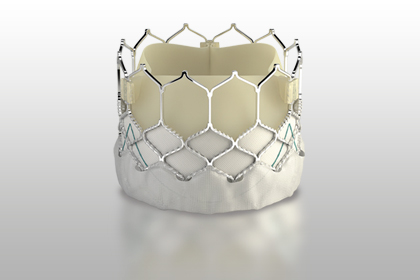Original Title: One-year clinical outcomes with SAPIEN 3 transcatheter aortic valve replacement in high risk and inoperable patients with severe aortic stenosis.
Reference: Herrmann H et al. Circulation. 2016; Epub ahead of print.

Published data include a multivariable analyzis confirming mild paravalvular regurgitation observed in 29.1% of patients is not associated to mortality.
One year survival rate was 85.6% in 583 high risk or inoperable patients with severe symptomatic aortic stenosis receiving the balloon expandable valve Sapien 3 (Edwards Lifesciences) in 29 centers across the USA.
Independent predictors of all cause death were major stroke (HR 10.33; CI 95% 4.62-233.09) and the use of an approach other than femoral (HR 2.06; CI 95% 1.26-3.36).
Another analyzis carried out between 30 days and a year, found that moderate paravalvular regurgitation is an independent predictor of mortality (HR 3.75; CI 95% 1.57-8.96); however, this was not true for mild regurgitation.
Comparing these figures with those of the original PARTNER trial and the initial experience of the TVT registry, we observe that mortality decreased almost 50%; even so, attributing this to an improved device may be farfetched. Operator experience and better patient selection have certainly played an important part.
Previous studies with earlier devices had arrived to the conclusion that TAVR is an alternative to surgery in high risk patients, but today, with these new figures, we can argue for TAVR to become the standard strategy.
In line with this information, it seems reasonable now to change the indication for lower risk patients.
We value your opinion. You are more than welcome to leave your comments, thoughts, questions or suggestions here below.





